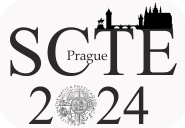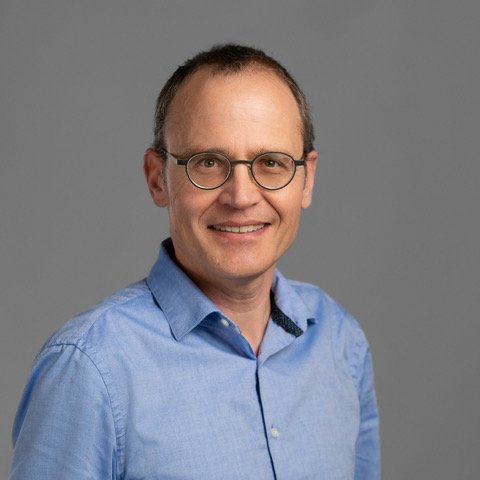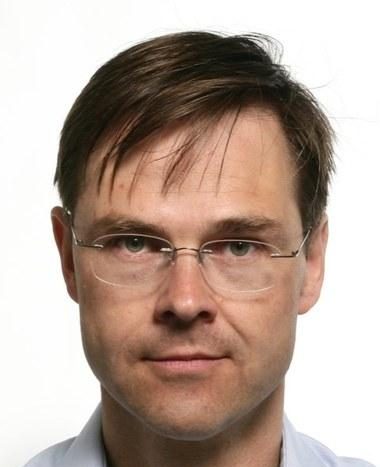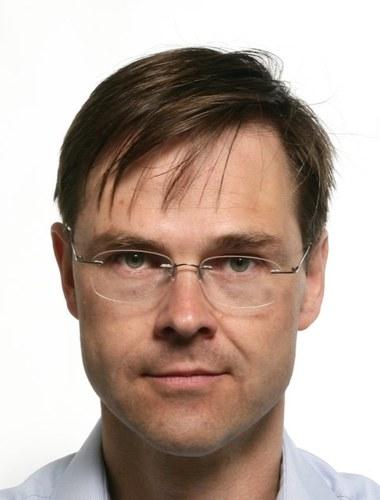Plenary Speakers
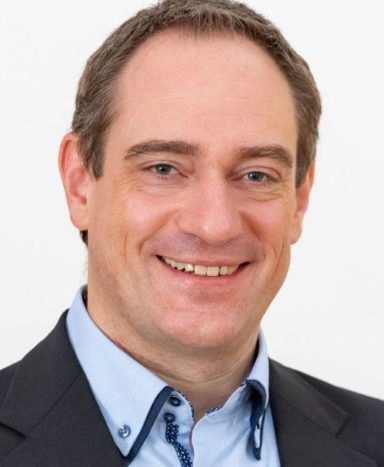
Curriculum Vitae
SCIENTIFIC DEVELOPMENT
Since October 2014 Technical University Chemnitz Professorship “Materials for innovative Energy Concepts”
January 2009 – September 2014 Max-Planck-Institut für Chemische Physik fester
Stoffe, Dresden – Leading Scientist
„Intermetallic Compounds in Catalysis“
October 2006 – December 2008 Cambridge University, United Kingdom
PostDoc with Prof. Dr. Lambert
„New Directions in Heterogeneous Selective Oxidation Catalysis: Synthesis and Application of Novel Metal Nanoparticulate Systems“
November 2004 – September 2006 Fritz Haber Institute of the Max Planck Society,
Berlin – PostDoc with Prof. Dr. Schlögl
„Synthesis and Characterisation of Pd/Ga Catalysts for the Semi-Hydrogenation of Acetylene“
August 2001 – October 2004 Max-Planck-Institut für Chemische Physik fester
Stoffe, Dresden
PhD Thesis with Prof. Grin
„Bonding Models for Intermetallic Compounds with the CuAl2 Type of structure”
Doctor rerum naturalium (summa cum laude)
STUDIES
October 1997 – March 2001 Philipps University, Marburg
Advanced studies in Chemistry Diploma in Chemistry
October 1995 – September 1997 Ludwig Maximilians University, Munich
Basic studies in Chemistry Pre-Diploma
FELLOWSHIPS
October 2007 – December 2008 Marie Curie Fellowship of the European Union October 2006 – September 2007 Feodor-Lynen Fellowship of the Alexander von
Humboldt Foundation
PRICES
April 2006 Participation Award 18th Meeting of Nobel Prize Winners in Chemistry at Lindau
March 2006 Otto-Hahn Medal of the Max Planck Society
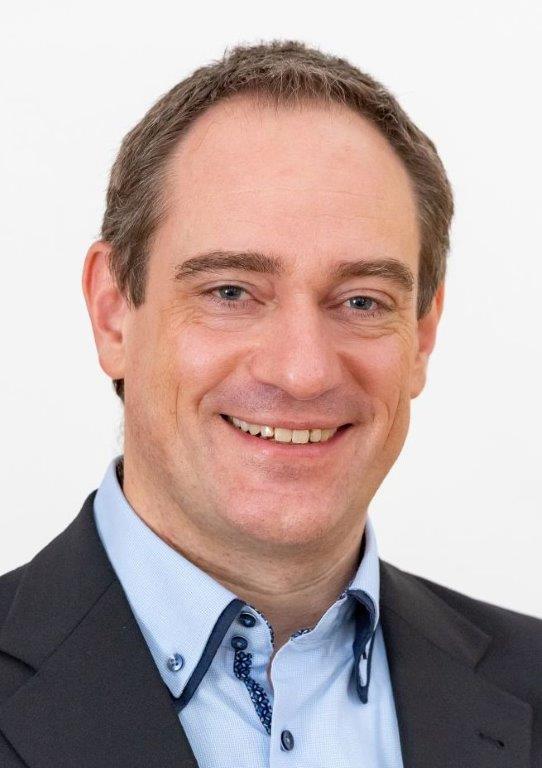
Curriculum Vitae
SCIENTIFIC DEVELOPMENT
Since October 2014 Technical University Chemnitz Professorship “Materials for innovative Energy Concepts”
January 2009 – September 2014 Max-Planck-Institut für Chemische Physik fester
Stoffe, Dresden – Leading Scientist
„Intermetallic Compounds in Catalysis“
October 2006 – December 2008 Cambridge University, United Kingdom
PostDoc with Prof. Dr. Lambert
„New Directions in Heterogeneous Selective Oxidation Catalysis: Synthesis and Application of Novel Metal Nanoparticulate Systems“
November 2004 – September 2006 Fritz Haber Institute of the Max Planck Society,
Berlin – PostDoc with Prof. Dr. Schlögl
„Synthesis and Characterisation of Pd/Ga Catalysts for the Semi-Hydrogenation of Acetylene“
August 2001 – October 2004 Max-Planck-Institut für Chemische Physik fester
Stoffe, Dresden
PhD Thesis with Prof. Grin
„Bonding Models for Intermetallic Compounds with the CuAl2 Type of structure”
Doctor rerum naturalium (summa cum laude)
STUDIES
October 1997 – March 2001 Philipps University, Marburg
Advanced studies in Chemistry Diploma in Chemistry
October 1995 – September 1997 Ludwig Maximilians University, Munich
Basic studies in Chemistry Pre-Diploma
FELLOWSHIPS
October 2007 – December 2008 Marie Curie Fellowship of the European Union October 2006 – September 2007 Feodor-Lynen Fellowship of the Alexander von
Humboldt Foundation
PRICES
April 2006 Participation Award 18th Meeting of Nobel Prize Winners in Chemistry at Lindau
March 2006 Otto-Hahn Medal of the Max Planck Society
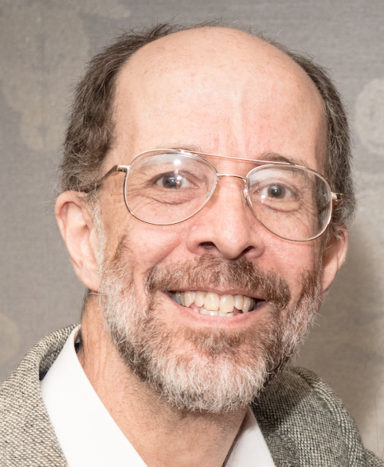
Paul C. Canfield, Ph.D., graduated, summa cum laude, with a B.S. in physics from the University of Virginia (Charlottesville) in 1983. He received his M.S. from the University of California, Los Angeles, where he received his Ph.D. in 1990, having researched experimental condensed matter physics. From 1990 to 1993, Dr. Canfield was a postdoctoral researcher at the Los Alamos National Laboratory in New Mexico, working with Drs. Joe Thompson and Zachary Fisk. In 1993, Dr. Canfield joined the Ames Laboratory at Iowa State University (Ames). Since then, he has become a senior physicist in at the laboratory a Distinguished Professor of Physics, at the university, holding the Robert Allen Wright Professorship. Dr. Canfield’s research is centered on the design, discovery, growth and characterization of novel electronic and magnetic materials. He has made key contributions to the fields of superconductivity, heavy fermions, quantum criticality, quasicrystals, spin glasses, local-moment metamagnetism, and metal-to-insulator transitions. Dr. Canfield has helped to educate and train researchers in experimental, new-materials-physics throughout the world, emphasizing the need to tightly couple growth (often in single crystal form) and measurement of new materials. Dr. Canfield is a fellow of the American Physical Society (APS). He was awarded the 2011 Department of Energy Lawrence Award for Condensed Matter Physics. In 2014, Dr. Canfield was awarded the APS David Adler Lectureship Award in the Field of Materials Physics, and was named a Gordon and Betty Moore Materials Synthesis Investigator. In 2015, he received the Humboldt Research Award and he has been awarded the APS 2017 James C. McGroddy Prize for New Materials.
Area of Expertise: Experimental condensed matter physics
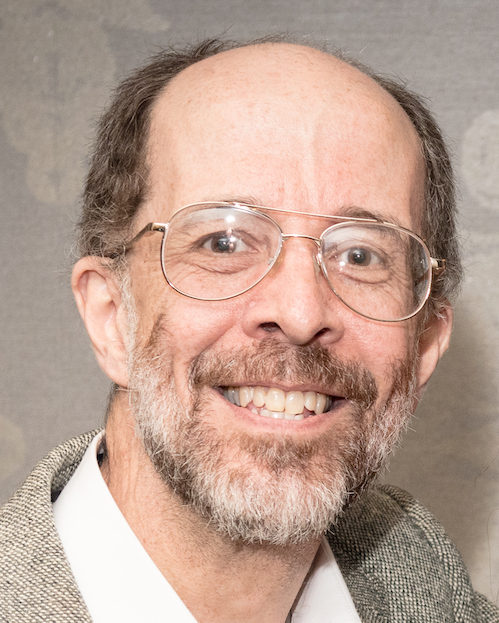
Paul C. Canfield, Ph.D., graduated, summa cum laude, with a B.S. in physics from the University of Virginia (Charlottesville) in 1983. He received his M.S. from the University of California, Los Angeles, where he received his Ph.D. in 1990, having researched experimental condensed matter physics. From 1990 to 1993, Dr. Canfield was a postdoctoral researcher at the Los Alamos National Laboratory in New Mexico, working with Drs. Joe Thompson and Zachary Fisk. In 1993, Dr. Canfield joined the Ames Laboratory at Iowa State University (Ames). Since then, he has become a senior physicist in at the laboratory a Distinguished Professor of Physics, at the university, holding the Robert Allen Wright Professorship. Dr. Canfield’s research is centered on the design, discovery, growth and characterization of novel electronic and magnetic materials. He has made key contributions to the fields of superconductivity, heavy fermions, quantum criticality, quasicrystals, spin glasses, local-moment metamagnetism, and metal-to-insulator transitions. Dr. Canfield has helped to educate and train researchers in experimental, new-materials-physics throughout the world, emphasizing the need to tightly couple growth (often in single crystal form) and measurement of new materials. Dr. Canfield is a fellow of the American Physical Society (APS). He was awarded the 2011 Department of Energy Lawrence Award for Condensed Matter Physics. In 2014, Dr. Canfield was awarded the APS David Adler Lectureship Award in the Field of Materials Physics, and was named a Gordon and Betty Moore Materials Synthesis Investigator. In 2015, he received the Humboldt Research Award and he has been awarded the APS 2017 James C. McGroddy Prize for New Materials.
Area of Expertise: Experimental condensed matter physics
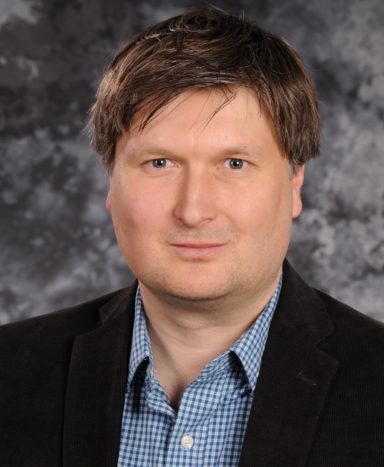
Krzysztof Gofryk is a scientist in Nuclear Fuels and Materials Division and a lead for the Center for Quantum Actinide Science and Technology (C-QAST) at Idaho National Laboratory. He obtained his Ph.D. from the Institute of Low Temperature and Structure Research of the Polish Academy of Sciences in 2006. Before joining INL, he worked at Max Planck Institute for Chemical Physics of Solids (Dresden, Germany), Institute for Transuranic Elements (Karlsruhe, Germany), and Los Alamos and Oak Ridge National Laboratories. He is a recipient of the DOE Early Career Award, the Presidential Early Career Award for Scientists and Engineers (PECASE), and INL’s Exceptional Achievement Award. His work focuses on strongly correlated electron systems at low temperatures, pressure, and strong magnetic fields, including transport and magnetism in 5f-electron materials, quantum criticality, heavy fermion physics, and spin−orbit coupled systems.
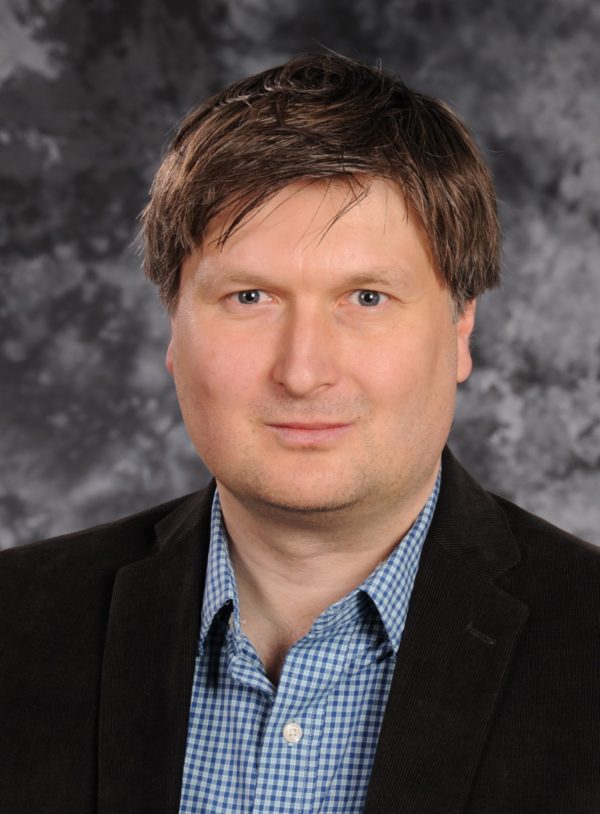
Krzysztof Gofryk is a scientist in Nuclear Fuels and Materials Division and a lead for the Center for Quantum Actinide Science and Technology (C-QAST) at Idaho National Laboratory. He obtained his Ph.D. from the Institute of Low Temperature and Structure Research of the Polish Academy of Sciences in 2006. Before joining INL, he worked at Max Planck Institute for Chemical Physics of Solids (Dresden, Germany), Institute for Transuranic Elements (Karlsruhe, Germany), and Los Alamos and Oak Ridge National Laboratories. He is a recipient of the DOE Early Career Award, the Presidential Early Career Award for Scientists and Engineers (PECASE), and INL’s Exceptional Achievement Award. His work focuses on strongly correlated electron systems at low temperatures, pressure, and strong magnetic fields, including transport and magnetism in 5f-electron materials, quantum criticality, heavy fermion physics, and spin−orbit coupled systems.

Professor at Université du Québec à Trois-Rivières, Canada
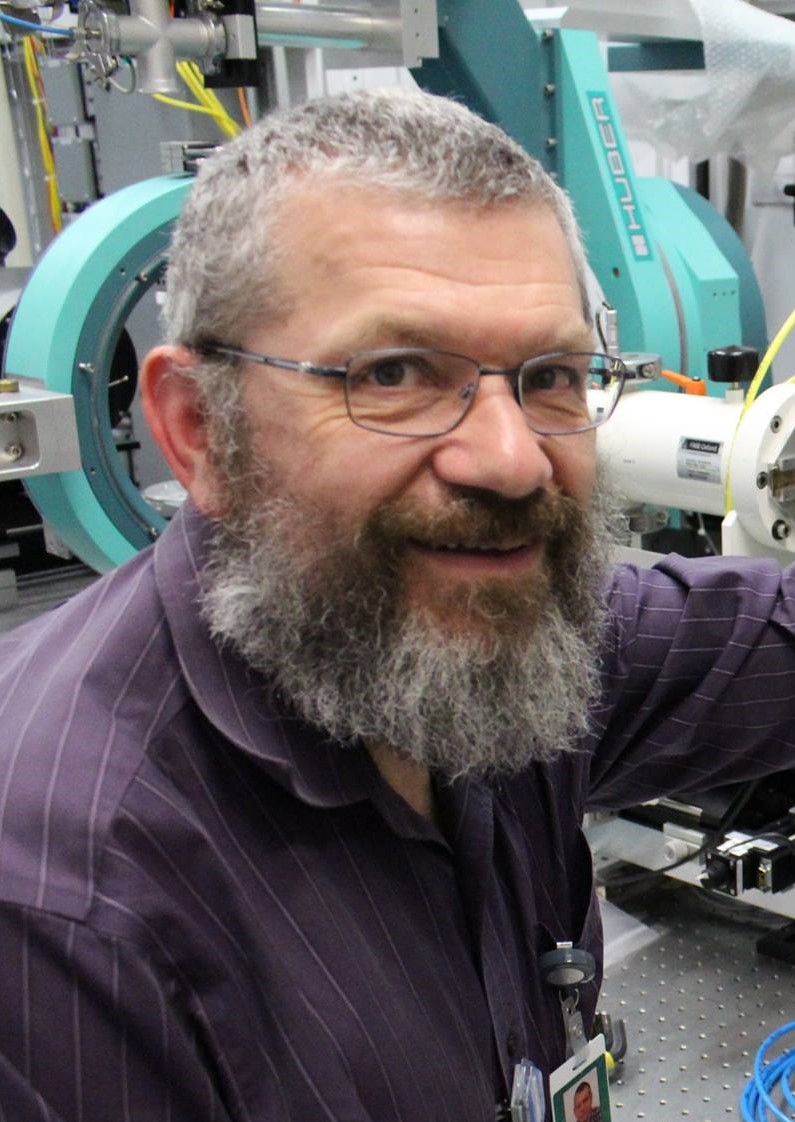
Professor at Université du Québec à Trois-Rivières, Canada
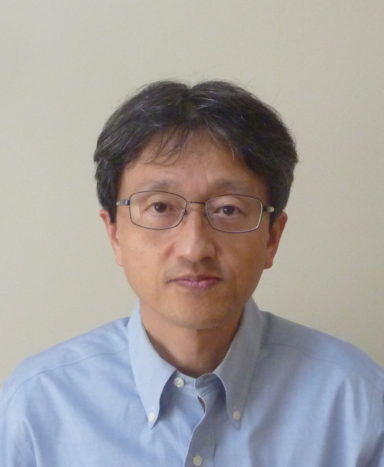
Tsuyoshi Kimura received his Ph.D. degree from the University of Tokyo in 1996. From 1996 to 2000, he worked as a postdoctoral fellow at Tsukuba, Japan. Subsequently, he was a lecturer at the University of Tokyo between 2000 and 2003. He worked as a Limited Term Staff Member from 2003 to 2005 in Los Alamos National Laboratory and as a Member of Technical Staff in Bell Laboratories, Lucent Technologies from 2005 to 2007. He became a professor at Osaka University in 2007 and moved to the present institute in 2017. He has extensive research experience in the single-crystal growth of transition-metal oxides and the characterization of their structural, magnetic, and electric properties. So far, he has discovered several fascinating functionalities. Especially, he and his coworker discovered many new multiferroic materials.
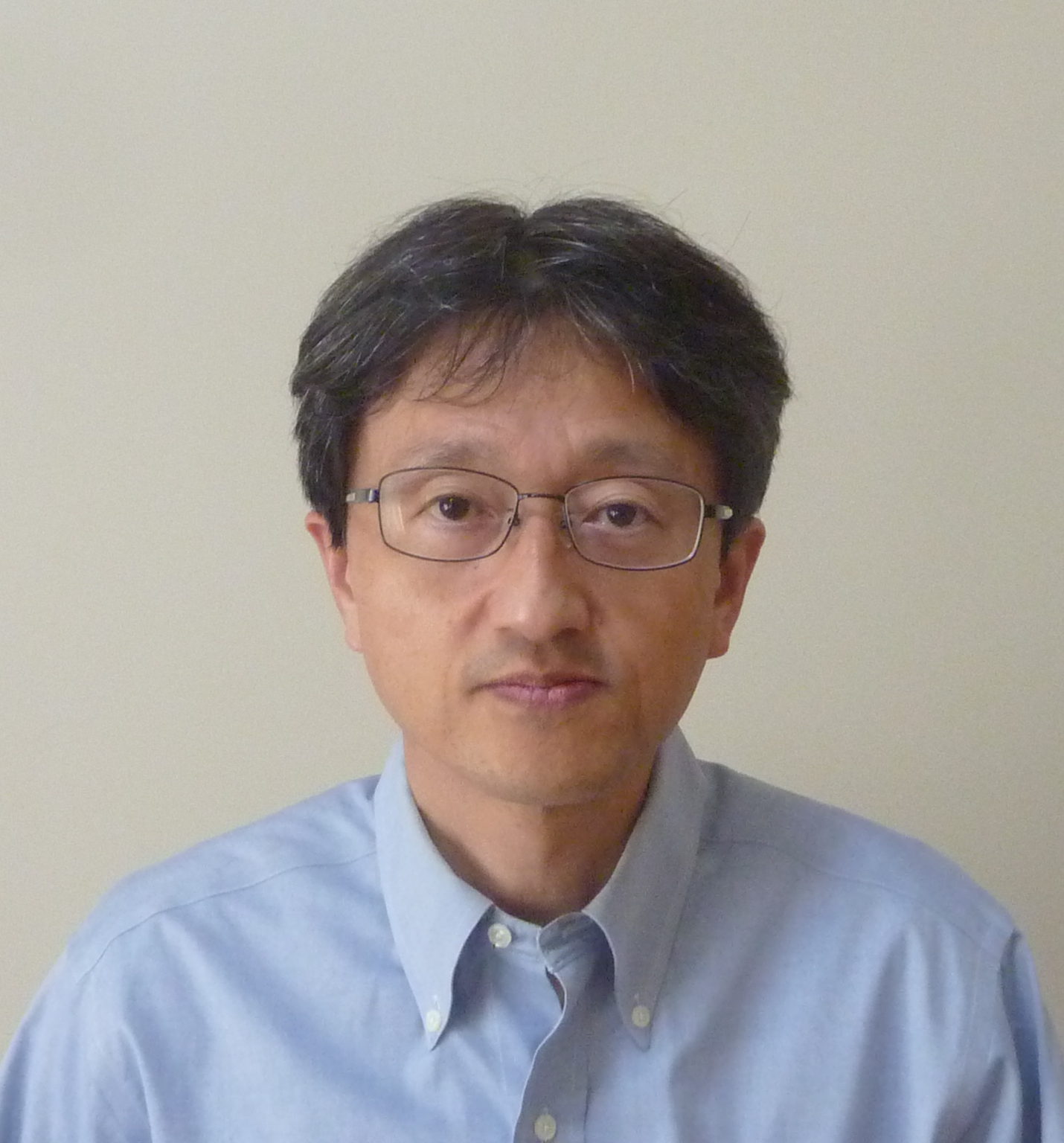
Tsuyoshi Kimura received his Ph.D. degree from the University of Tokyo in 1996. From 1996 to 2000, he worked as a postdoctoral fellow at Tsukuba, Japan. Subsequently, he was a lecturer at the University of Tokyo between 2000 and 2003. He worked as a Limited Term Staff Member from 2003 to 2005 in Los Alamos National Laboratory and as a Member of Technical Staff in Bell Laboratories, Lucent Technologies from 2005 to 2007. He became a professor at Osaka University in 2007 and moved to the present institute in 2017. He has extensive research experience in the single-crystal growth of transition-metal oxides and the characterization of their structural, magnetic, and electric properties. So far, he has discovered several fascinating functionalities. Especially, he and his coworker discovered many new multiferroic materials.
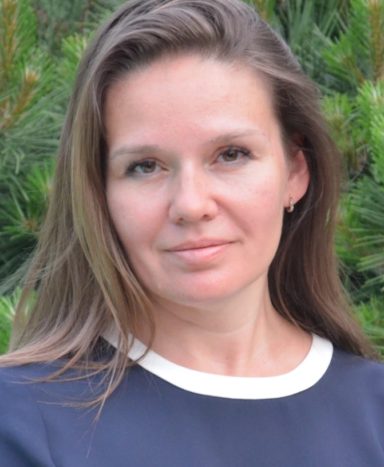
Head of Molecular Structures Department and Full Professor (W3) at the Institute of Resource Ecology (IRE), Helmholtz-Zentrum Dresden-Rossendorf, (HZDR), Germany
Responsible for the Rossendorf Beamline at ESRF, France
Professeur attaché à l’Université Grenoble Alpes (UGA), Department of Physics, Engineering, Earth Sciences, Environment and Mechanics (PhITEM) and Institute of Earth Sciences (ISTerre), France
Main Editor of the Journal of Synchrotron Radiation (IUCr journal), UK

Head of Molecular Structures Department and Full Professor (W3) at the Institute of Resource Ecology (IRE), Helmholtz-Zentrum Dresden-Rossendorf, (HZDR), Germany
Responsible for the Rossendorf Beamline at ESRF, France
Professeur attaché à l’Université Grenoble Alpes (UGA), Department of Physics, Engineering, Earth Sciences, Environment and Mechanics (PhITEM) and Institute of Earth Sciences (ISTerre), France
Main Editor of the Journal of Synchrotron Radiation (IUCr journal), UK

Dr. Antoine Maignan is presently working as a CNRS Research Director at CRISMAT, cristallography and materials science laboratory, Caen, France. His main interest deals with the research on functional materials and the study of their structure/property relationships, focusing mainly on functionalities like for energy application. This includes synthesis and characterizations of strongly correlated systems (transition metal oxides and chalcogenides) exhibiting properties such as ionic conduction, magnetism and multiferroism, thermoelectricity, superconductivity etc.
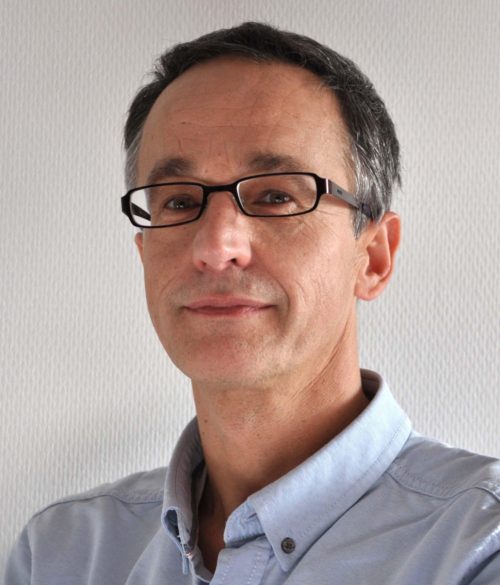
Dr. Antoine Maignan is presently working as a CNRS Research Director at CRISMAT, cristallography and materials science laboratory, Caen, France. His main interest deals with the research on functional materials and the study of their structure/property relationships, focusing mainly on functionalities like for energy application. This includes synthesis and characterizations of strongly correlated systems (transition metal oxides and chalcogenides) exhibiting properties such as ionic conduction, magnetism and multiferroism, thermoelectricity, superconductivity etc.
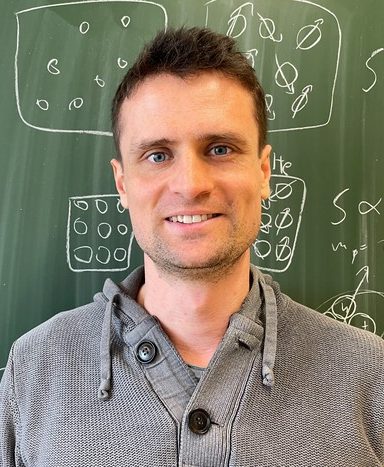
Ass. Prof. Dr. Andrej PUSTOGOW is a Group leader of Spectroscopy laboratory at TU Vienna

Ass. Prof. Dr. Andrej PUSTOGOW is a Group leader of Spectroscopy laboratory at TU Vienna
